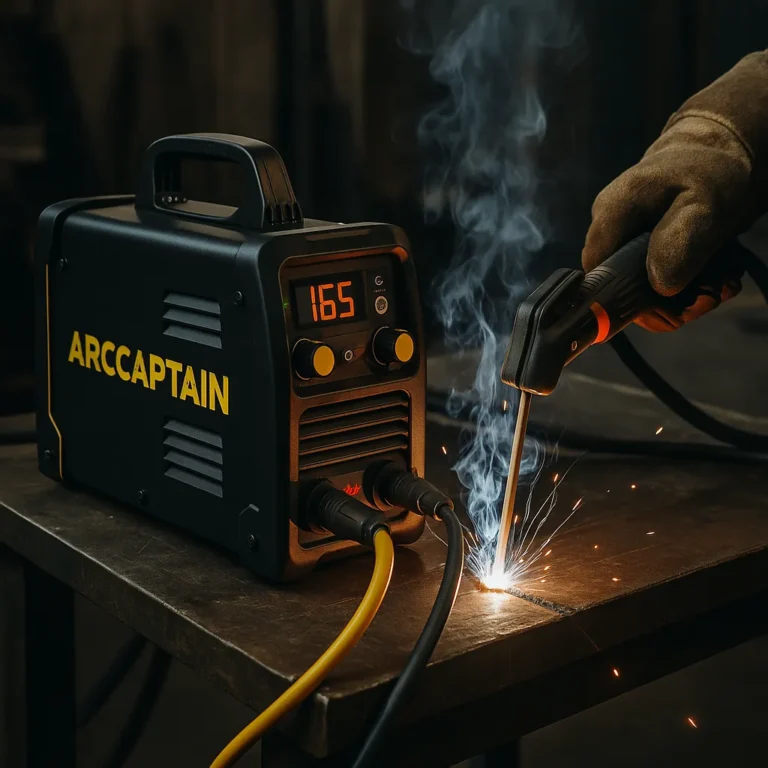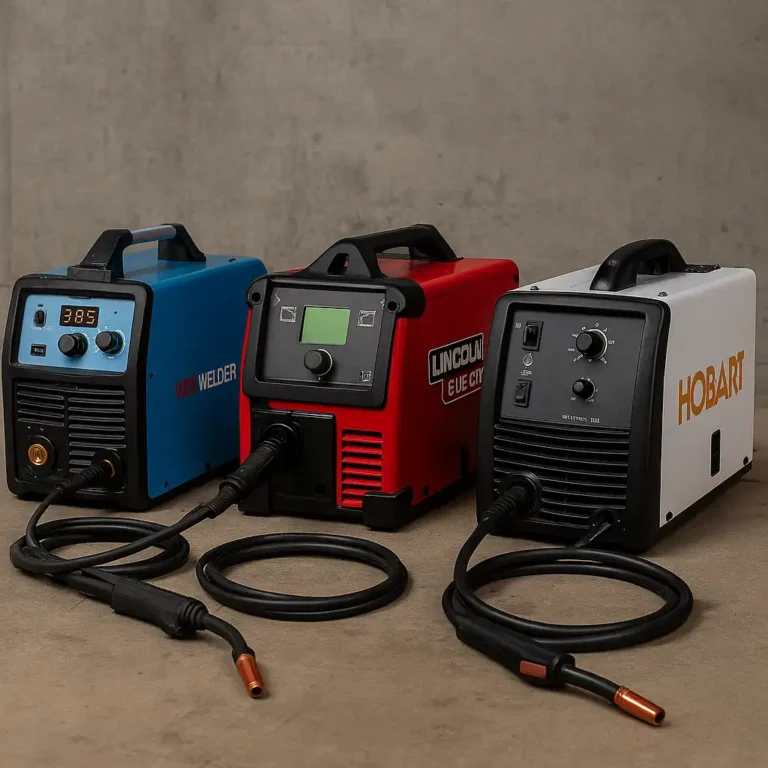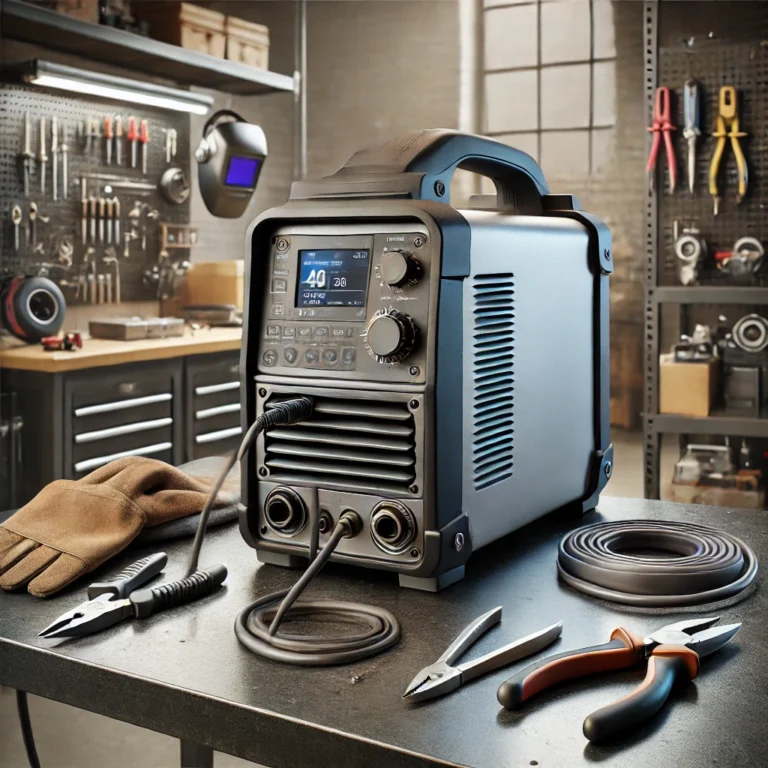Lincoln Square Wave 200 Review: A Reliable TIG Welder for Professionals and Hobbyists

Disclosure: This post contains affiliate links. As an Amazon Associate, I earn from qualifying purchases—at no extra cost to you.
The Lincoln Electric Square Wave TIG 200 is a highly regarded welder designed for those who need precision, versatility, and ease of use. Whether you’re an experienced welder or a beginner looking to improve your TIG welding skills, this machine offers a balanced blend of functionality and power.
This review will explore the performance, features, pros, and cons of the Square Wave TIG 200 to help you determine if it’s the right fit for your welding needs.
A Versatile TIG Welder for Precision and Power
Performance and Key Features
The Lincoln Square Wave 200 stands out due to its AC/DC TIG and Stick welding capabilities. This allows it to weld a variety of materials, including aluminum, stainless steel, and mild steel, making it ideal for automotive repairs, fabrication, and home projects.
AC/DC TIG Welding
- AC mode – Designed for aluminum welding, ensuring clean and controlled welds.
- DC mode – Perfect for stainless steel, mild steel, and other ferrous metals.
User-Friendly Interface
- Simple controls allow beginners to start welding quickly.
- Adjustable pulse settings for fine-tuning weld penetration.
- Dual voltage (120V/230V) enables flexibility in different work environments.
Smooth Arc Performance
- Square Wave technology improves arc stability and control, reducing spatter and improving bead appearance.
- Tunable AC balance control allows for better aluminum cleaning action and penetration.
Stick Welding Mode
- Allows quick switching between TIG and Stick welding.
- Compatible with a variety of electrodes, making it useful for repair work.
Pros and Cons of the Lincoln Square Wave 200
Pros
✔ Dual voltage compatibility for home and industrial use
✔ High-frequency start for easy arc ignition
✔ AC balance control for enhanced aluminum welding
✔ Lightweight and portable for shop and field use
✔ Reliable brand reputation with excellent build quality
Cons
✖ No foot pedal amperage control—fixed at the set value
✖ Limited to 200 amps, making it unsuitable for heavy industrial applications
✖ Higher price compared to entry-level welders
Who Should Buy the Lincoln Square Wave 200?
The Lincoln Square Wave 200 is ideal for:
- Hobbyists and DIYers looking for a professional-grade TIG welder.
- Small fabrication shops needing a reliable AC/DC welder.
- Automotive welders who frequently work with aluminum and stainless steel.
- Students and beginners wanting a machine with easy-to-use settings.
If you need a versatile welder for multiple applications, this machine is a solid investment.
Conclusion
The Lincoln Square Wave TIG 200 remains one of the best AC/DC TIG welders in its class, offering smooth arc performance, ease of use, and dual-voltage capabilities. While it comes at a higher price point, its stability, reliability, and advanced welding control features make it well worth the investment.
If you’re serious about TIG welding and need a machine that can handle both steel and aluminum with precision, the Lincoln Square Wave 200 is a top contender.






